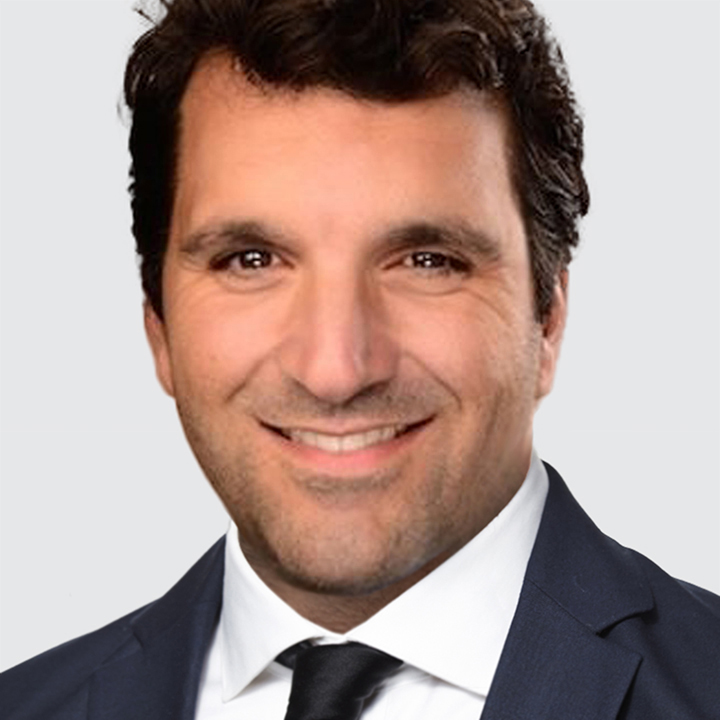Back on My Feet
US
USD is mounting a modest rebound after falling to fresh multi-year year lows yesterday. In our view, a sustained rebound in USD hinges on solid pick-up in US economic growth prospects. Unfortunately, the risk for the US economy is that it’s drifting towards a stagflationary path, which poses a headwind for USD.
The US manufacturing sector remains sluggish. The ISM manufacturing index exceeded expectations in June at 49.0 (consensus: 48.8) vs. 48.5 in May but still marked a fourth consecutive month of contraction. Moreover, the details continue to point to heightened risk of stagflation. The contraction in the New Orders and Employment indexes deepened while the Prices index rose more than expected to near a three-year high at 69.7 (consensus: 69.5) vs. 69.4 in May.
Meanwhile, the Atlanta Fed GDPNow model estimates Q2 growth at 2.5% SAAR, down from 2.9% on June 27. The slowdown is driven in large part by weaker personal consumption, which the model now estimates at 1.5% SAAR vs. 1.7% previously.
The May JOLTS data suggests the US labor market remains resilient. Job openings unexpectedly increased to a six-month high at 7769k (consensus: 7300k) vs. 7395k in April, the job opening rate rose 0.2pts to a four-month high at 4.6%, and the unemployment-to-job opening ratio dipped to 0.9 from 1 the in May. Additionally, there is no layoff spiral underway. The layoffs rate fell 0.1pts to 1.0% and remains within the same narrow range in place since 2021.
Nevertheless, more timely indicators point to weakening labor market conditions. Continuing jobless claims rose in the week ending June 14 to the highest level since early November 2021 and the ISM manufacturing employment index dipped further below the 50 boom/bust threshold to a three-month low at 45.0 in June. Today, the June ADP private sector jobs report will shed more light on the labor market (1:15pm London). Employment is seen rising by 98k vs. 37k in May.
Fed Chair Jay Powell stressed again yesterday that “As long as the US economy is in solid shape, the prudent thing to do is to wait and learn more” before resuming easing. However, his wait-and-see message is drowned out by political pressure to lower the funds rate. Fed funds futures are pricing in nearly 125bps of cuts over the next twelve months to a target range of 3.00% to 3.25%.
Yesterday, the US Senate passed President Donald Trump’s sweeping budget bill in a narrow 51-50 vote. The next step is for the House of Representatives to either approve the Senate version or enter negotiations to reconcile key differences. One major sticking point is cost. The Senate bill is estimated to add nearly $3.3 trillion to deficits over the next decade, roughly $500 billion more than the House version. The House will meet today to debate and vote on the budget bill. The goal is to get a final bill on the president’s desk by tomorrow.
Investors remain largely unfazed by the ballooning US fiscal imbalance. 10-year Treasury yields have drifted lower to around 4.25%, from a recent peak of 4.63% in May. And the premium investors require for holding 10-year Treasuries (the term premium) eased to 0.6% on June 30 from a multi-year high of 0.9% in May.
UK
GBP/USD is down near 1.3720 after rallying yesterday to almost 1.3800, the highest level since October 2021. UK Prime Minister Sir Keir Starmer can’t steer his Labour government away from the left. The government made a sharp U-turn on welfare reform to avoid an embarrassing loss in the House of Commons. The reversal is estimated to remove £5 billion in expected savings which amounts to about half of the £9.9 billion fiscal buffer Chancellor Rachel Reeves had penciled in against her own borrowing rules. The implication is the Chancellor may need to raise taxes again in the 2025 Autumn Budget due in October.
Higher UK taxes, combined with weak underlying UK GDP growth and labor market slack emerging, could force the BOE to cut the policy rate more aggressively than anticipated. The swaps market implies a total of 75bps of BOE easing over the next 12 months. In contrast, the ECB’s rate-cutting phase is close to wrapping-up. As such, EUR/GBP has room to edge higher towards 0.8800.
POLAND
National Bank of Poland (NBP) is expected to keep rates steady at 5.25%. At the last June 4 meeting, the bank delivered a hawkish hold as Governor Glapinski dropped previous guidance of more easing in the autumn. Instead Glapinski stressed “We are not announcing any path for interest rates.”
Sticky inflation in Poland supports the bank’s cautious easing stance. Headline CPI rose to 4.1% y/y in June from 4% in May and remains above the NBP’s 1.5%-3.5% inflation target band. Still, the swaps market is pricing in 100bps of total easing over the next 12 months, followed by another 50bps over the subsequent 12 months that would see the policy rate bottom near 3.75%.

